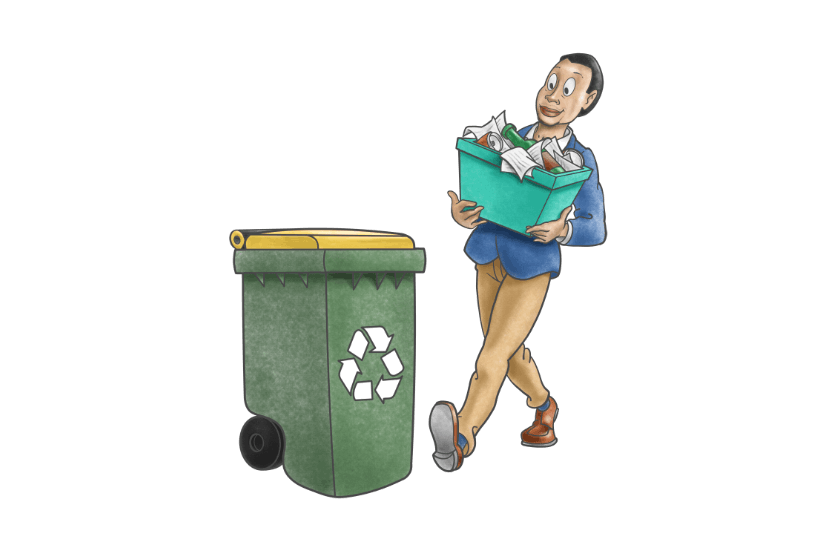
The world is buzzing with talk on climate change, Net Zero, and how we can reduce our carbon emission footprint in our day-to-day lives.
At Yarno, we are dedicated to doing our bit, helping to make a change. As a learning platform, we are pretty well placed to educate people and organisations on sustainability practises and spread awareness about the impact of climate change. We are already supporting our customers in upskilling their staff on company Net Zero targets, and communicating about their company sustainability strategies.
It's a pretty big topic, and a lot of it is pretty scientific. So I'm going to try and break it down into appetising bite-sized pieces (it's what we do), to turn some really complex ideas into something easier to digest.
It might sound like there's an easy fix: just adopt cleaner tech in larger scale. And, to an extent, you're right. But there are a few problems with thinking it's that straightforward.
There are actually many challenges that arise with implementing zero emission technologies. I'd like to unpack some of these in order to find and identify solutions.

I want to take time to consider the way we plug in - how we can make electricity production and storage sustainable, widely accessible and carbon-emissions free to help us get to net zero in Australia by 2050 and beyond.
Electricity generation is currently the single largest source of Co2 emissions in Australia. It actually accounts for over a third of our total emissions - crazy, right?! And get this - over half of the electricity currently being generated is by burning coal, which has a disastrous climate impact.
And even when we've generated solar and wind energy, storing this at large-scale is enormously difficult, and expensive.
The key to becoming a zero-emissions nation is finding sustainable solutions to the generation and storage of electricity. Sound simple? But where do we start?
Well, I've done my research and have found three great ways to get started:
- The first is looking at producing carbon-free electricity. There are so many different renewable energy options to utilise, that don't require coal burning or other carbon emissions. There is extensive infrastructure to support the collection of solar, hydro, and wind power already, so why aren't we maximising this potential? Harnessing these energies effectively will have an enormous role in accelerating the journey to Net Zero.
- The second is that we need to focus on how we can store energy. Australia is so well placed to collect solar power, but without a way to store it, this is a pretty wasted privilege! Investing in new ways to store energy, whether it's batteries, thermal storage or pumped hydroelectric storage, will ensure that we can store carbon-free energy long-term.
- A third solution is looking at CSS: Carbon capture and storage technology. This is a pretty new project, and is based around the idea of capturing greenhouse gases produced at fossil fuel power stations, and storing them before they can pollute the air. There is also much research happening towards capturing and storing CO2 emissions already in the air, effectively decarbonising the air. This is still very much a work in progress, but with continued investment in this field, CCS will play a pivotal role in net-zero pathways and achieving negative emissions.
We believe that innovation and investment in new ways of sourcing and storing electricity will be crucial in working towards Net Zero by 2050. We'd love to hear your thoughts!
References:
https://time.com/5930098/bill-gates-climate-change/
https://www.industry.gov.au/sites/default/files/2020-12/australias-emissions-projections-2020.pdf
https://www.weforum.org/agenda/2021/04/renewable-energy-storage-pumped-batteries-thermal-mechanical/












